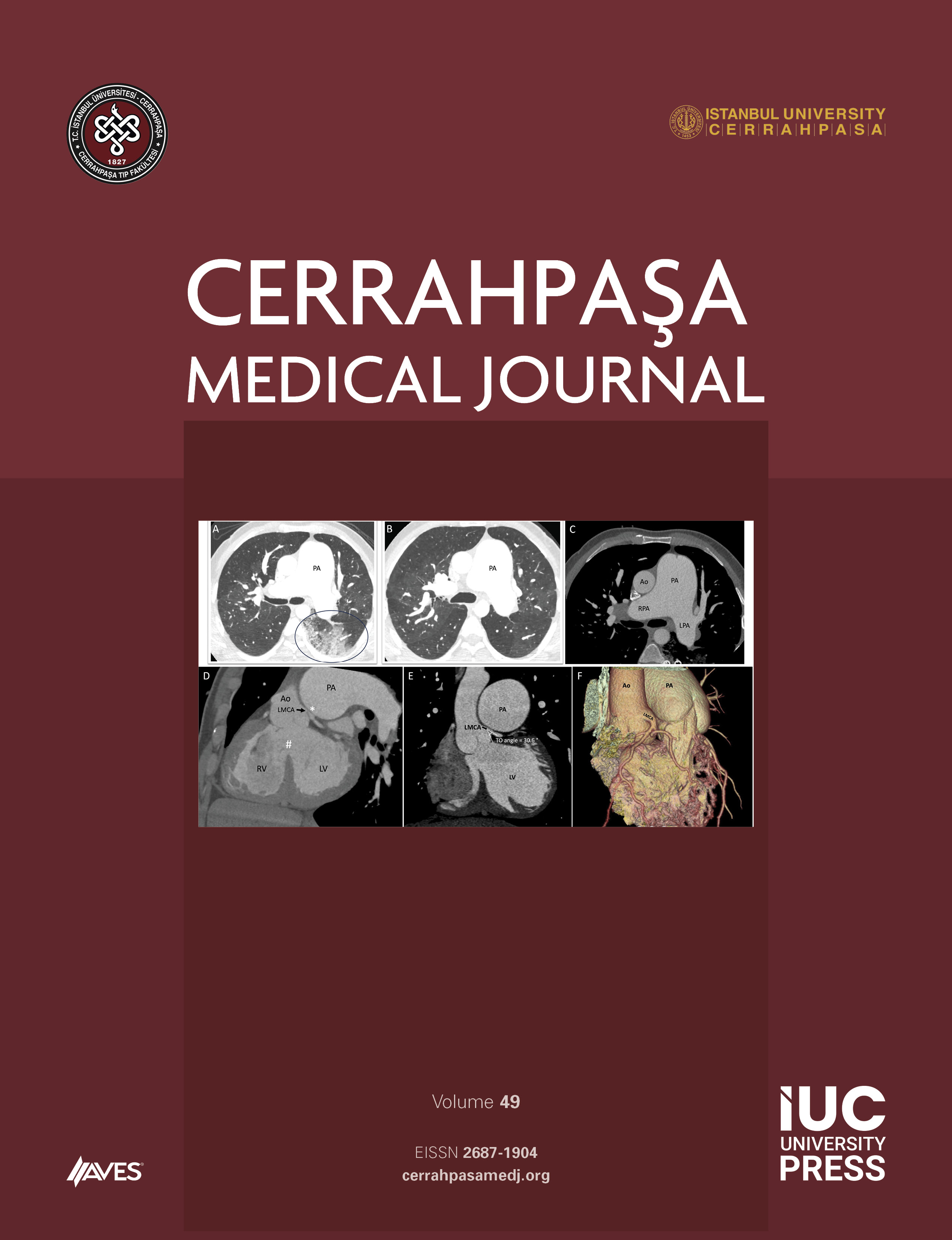Background.- Until recently, cutaneous lymphomas were evaluated according to the classification shemas used for nodal non-Hodgkin lymphomas without considering whether they are primary or cutaneous involvement of systemic lymphomas. In time, it is realized that primary cutaneous lymphomas displayed distinct biological behavior. As a result, EORTC (the European Organization for Research and Treatment of Cancer) classification, considering each lymphoma as an entity with their clinical, histological, immunohistochemical and genotypic features altogether, was offered.
Design.- In our project, 25 non-mycosis fungoides (MF)/Sezary syndrome (SS) primary cutaneous T cell lymphomas (PCTL), 13 primary cutaneous B cell lymphomas (PCBL), 35 MF and 8 pseudolymphomas whose diagnosis was established in our department, were taken into our study group and they were evaluated in a multidisciplinary approach.
Results.- Among the PCL diagnosed in our department 82.2 % showed T cell phenotype while 17.8 % were B cell phenotype. MF constituted 58.3 % of all PCTL and 47.9 % of all PCL. Besides, non-MF PCTL were 34.2 % of all PCLs. Histologically, especially the early lesions of MF caused difficulties in the differential diagnosis of benign lichenoid and spongiotic dermatitis. Out of 9 cases of lymphomatoid papulosis (LP) in our study group, 6 were LP type A while 3 were type C. Using PCR, 20 % of LP type A and 50 % of type C displayed clonal rearrangement in TCR genes. Out of 7 CD 30(+) PCTL, 3 cases arised in a background of MF, and showed an aggressive course. Only in one case, translocation(2:5) was detected. Out of 6 CD 30(-) PCTL, one developed from a preexisting pagetoid reticulosis. Progression to a systemic lymphoma in another case, as well as frequent recurrences in the other cases, pointed out the aggressive course in this type of lymphomas, as suggested by EORTC. Among the PCBL, 4 were follicle center cell lymphoma (FCCL), 8 were marginal zone lymphoma (MZL) and one was T cell rich B cell lymphoma. All FCCLs had a diffuse pattern and composed of mainly large cells. Only one case out of 4, developed systemic lymphoma. Neither of the 8 cases of MZL, had recurrence or progression to systemic lymphoma in a rather short period of follow-up. Both T and B cell pseudolymphomas in our study group, showed 50 % of clonal rearrangement in Ig heavy chain genes using PCR. During the follow-up period of 3-15 months, none of them turned out to be a frank lymphoma.
Conclusion.- Although there were some controversies in PBCL category, EORTC classification is yet found to be the best classification for primary cutaneous lymphomas.



